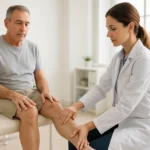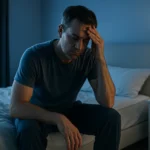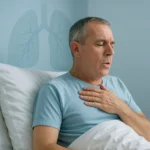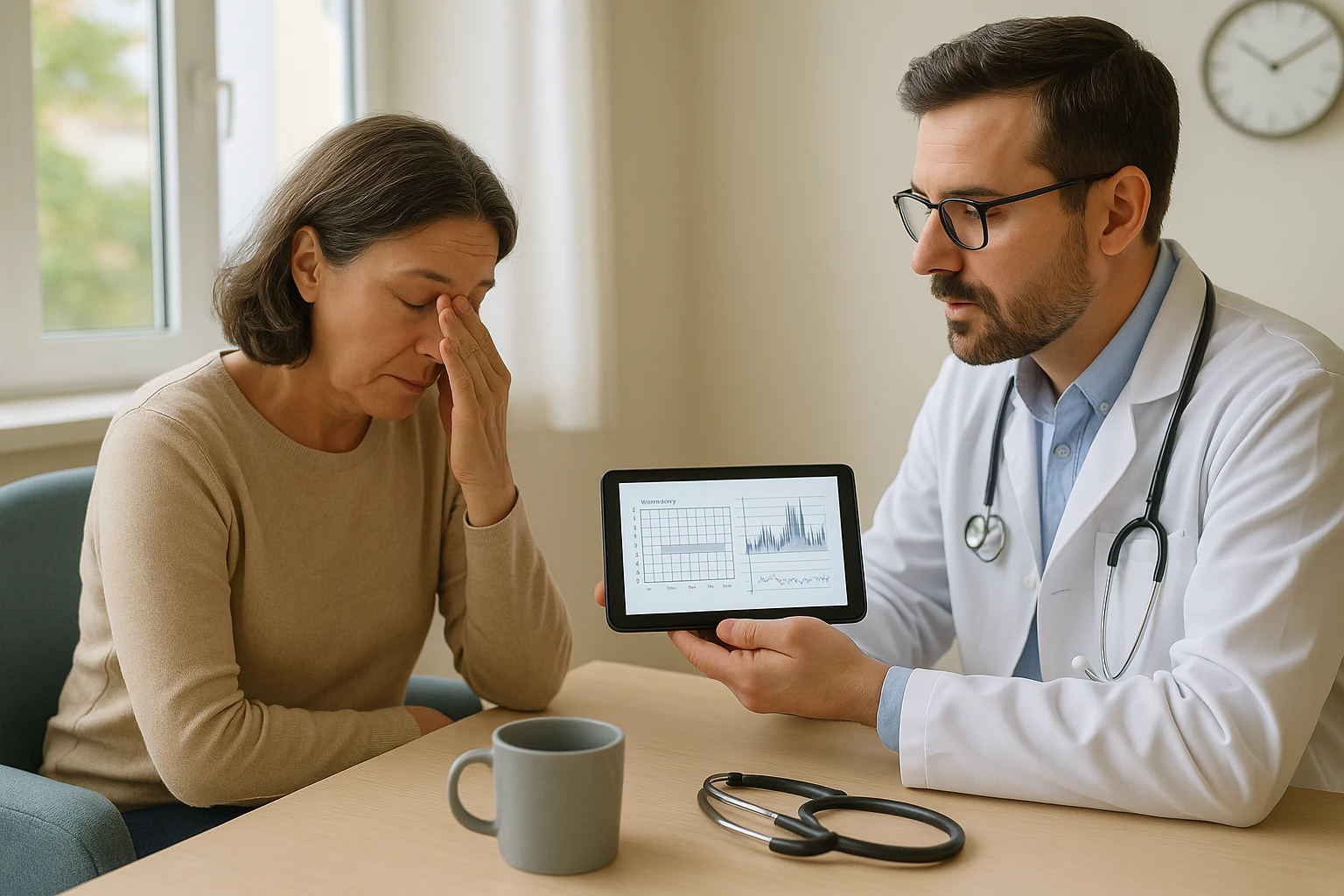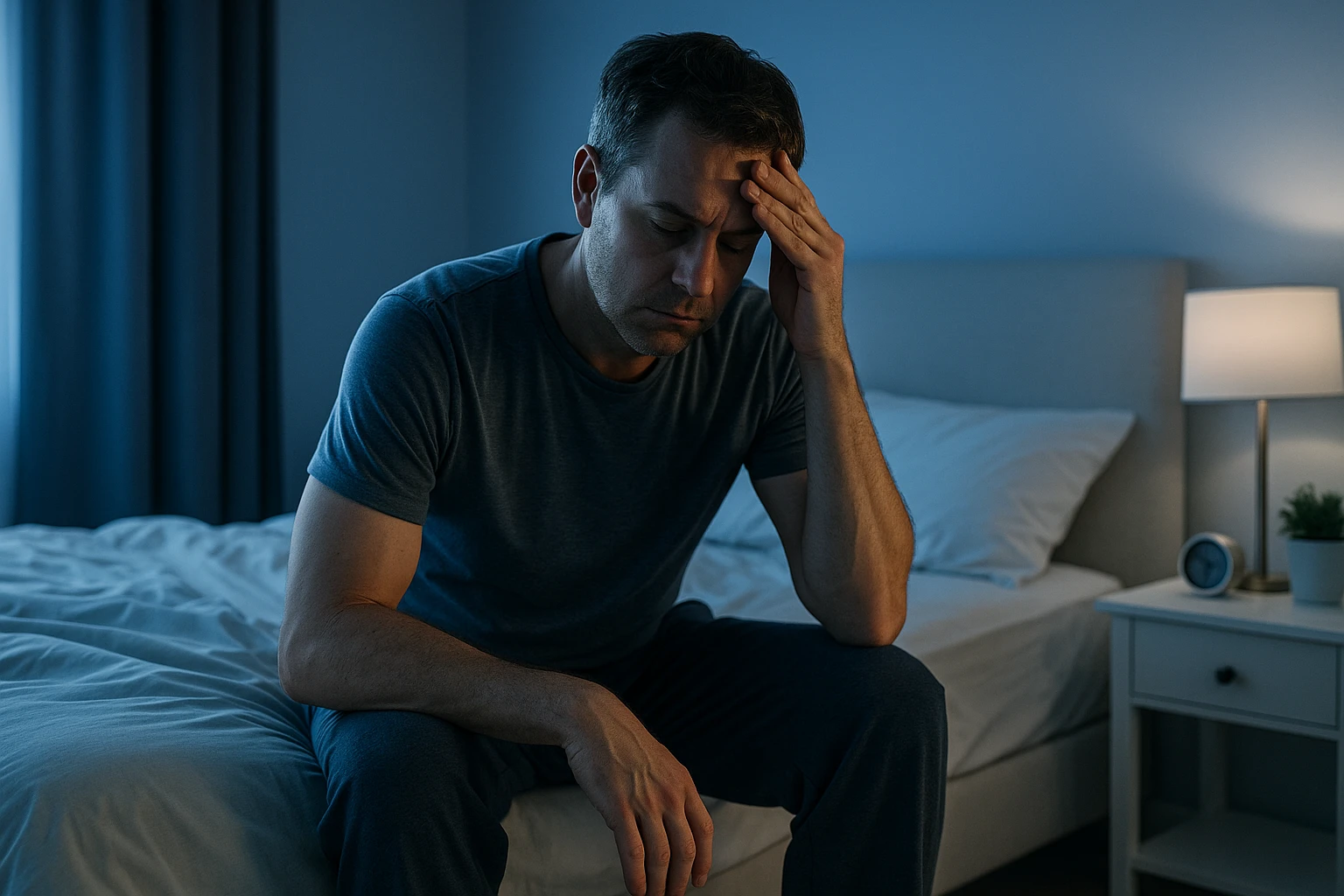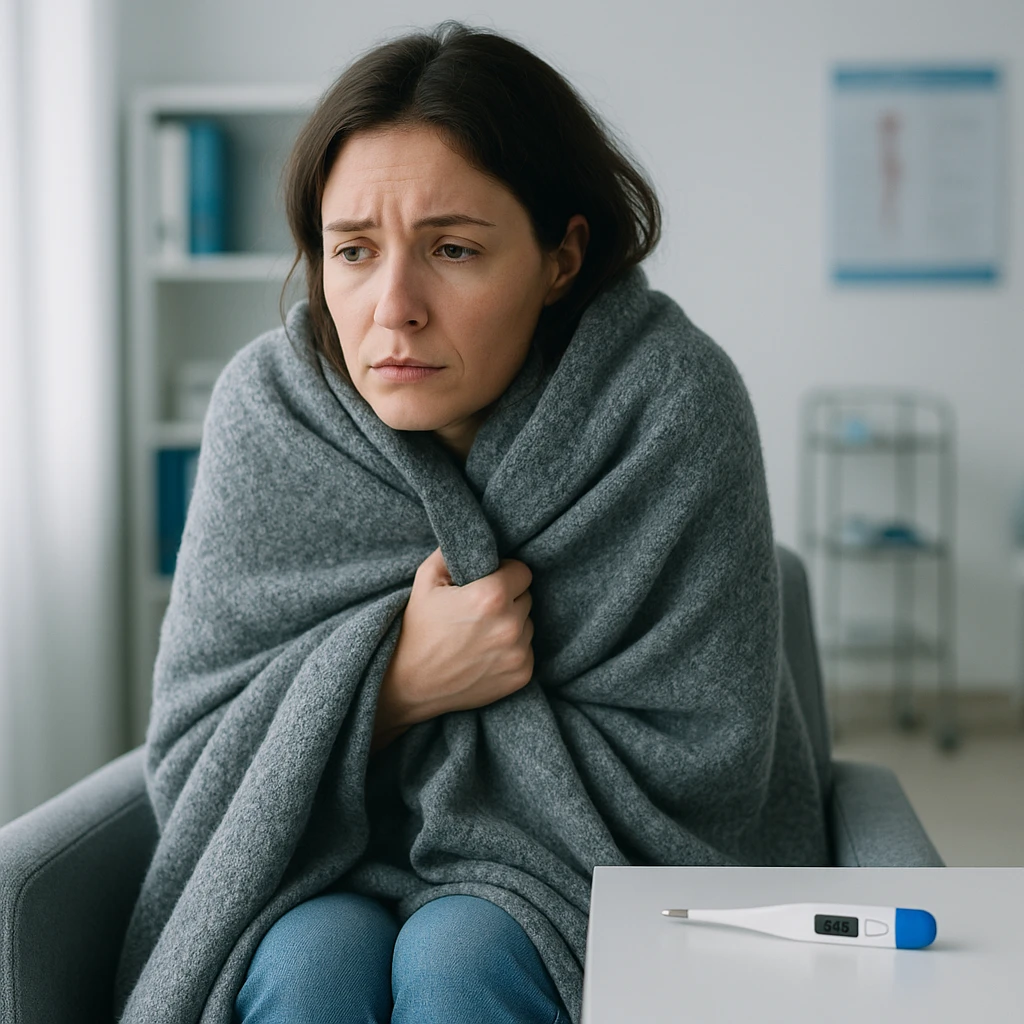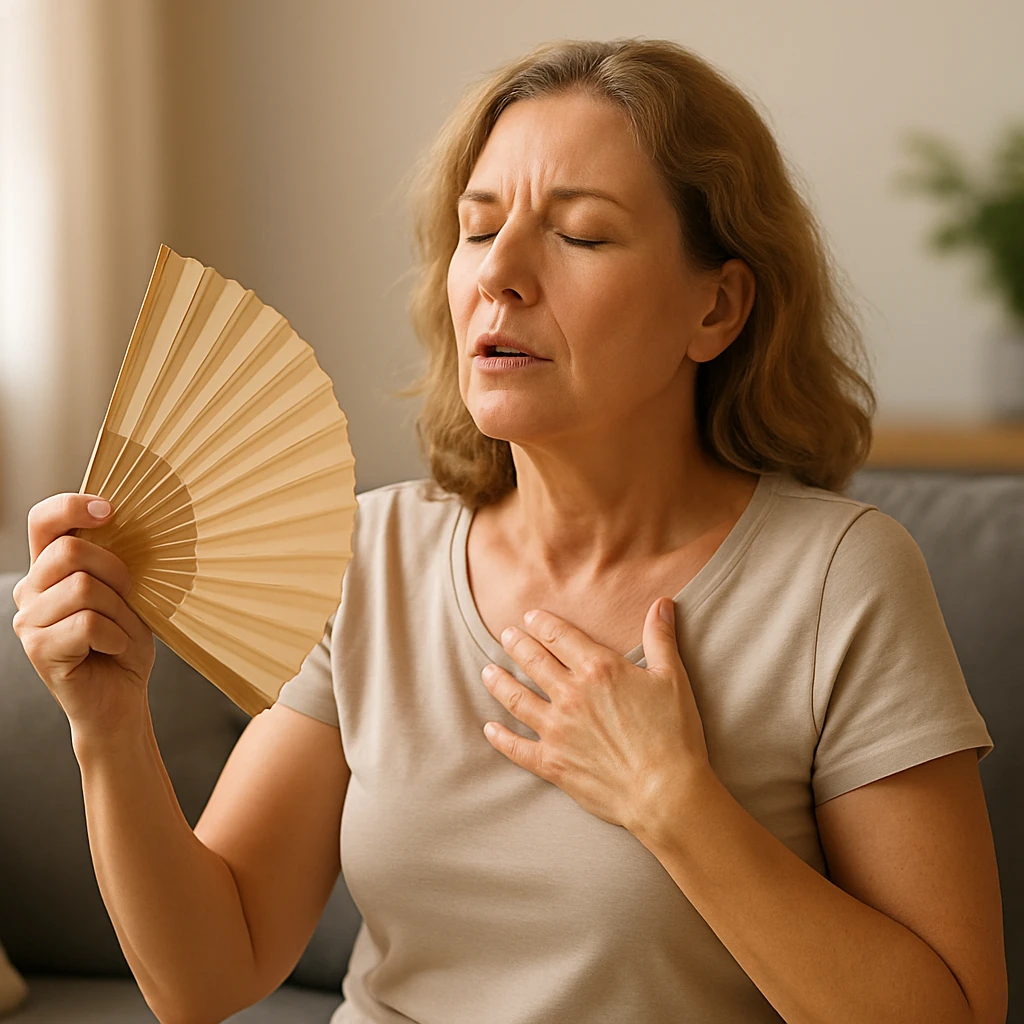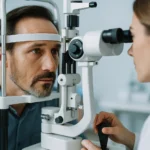
Constant sleepiness during day: symptoms, risks, and safety
Excessive Daytime Sleepiness: Meaning and Importance
When people describe being sleepy all day, clinicians first ask whether it is true sleepiness or simply feeling worn out. Excessive daytime sleepiness (EDS) means a heightened tendency to fall asleep during usual waking hours-dozing off while reading, in meetings, or as a passenger-despite intending to stay awake. This is different from fatigue, which is a low-energy feeling without actually drifting into sleep. Getting this language right matters because the goals of care and next steps depend on it. EDS is common and carries real-world consequences, including links to motor vehicle crashes and decreased cognitive performance such as slower attention and decision-making. Understanding these risks frames why careful description of symptoms is the starting point for getting help and clarifies discussions about constant sleepiness during day.
- Examples of daytime dozing situations: reading; in meetings; as a passenger.
- Key impacts to keep in view: motor vehicle crashes; decreased cognitive performance (slower attention and decision-making).
EDS vs. fatigue
EDS reflects increased sleep propensity: the body slips toward sleep in quiet settings, sometimes even during brief inactivity. People often report nodding off unintentionally or fighting to keep their eyes open in routine daytime situations.
Fatigue, by contrast, is a sense of low energy or exhaustion without unintended sleep. A fatigued person may feel drained yet remain awake when seated quietly. Separating these terms keeps conversations precise and aligns expectations for what clinicians will ask and observe.
| EDS | Fatigue |
| EDS reflects increased sleep propensity: the body slips toward sleep in quiet settings, sometimes even during brief inactivity. People often report nodding off unintentionally or fighting to keep their eyes open in routine daytime situations. | Fatigue, by contrast, is a sense of low energy or exhaustion without unintended sleep. A fatigued person may feel drained yet remain awake when seated quietly. |
Why it matters
EDS has safety implications. Because it is linked to motor vehicle crashes, any pattern of daytime dozing or difficulty maintaining wakefulness can increase risk when driving or operating equipment.
EDS is also associated with decreased cognitive performance-reduced focus, slower processing, and diminished learning efficiency-which can affect school, work, and daily tasks. Recognizing these impacts early encourages timely evaluation. With definitions clear and stakes outlined, the next section turns to the common reasons people feel persistently sleepy during the day.
- Safety: linked to motor vehicle crashes.
- Performance: associated with decreased cognitive performance-reduced focus, slower processing, and diminished learning efficiency.
Common Causes of Daytime Sleepiness and First Steps in Primary Care
High-yield causes
The most frequent reason for daytime sleepiness is insufficient sleep duration or poor sleep quality. Irregular bedtimes, fragmented nights, or routinely shortened sleep can leave a person with a high propensity to doze during the day, even when the day itself is not unusually demanding.
Obstructive sleep apnea is another frequent driver of excessive daytime sleepiness and can continue to cause symptoms if therapy is used inconsistently or is not effective. Circadian rhythm disorders can also produce daytime sleepiness when sleep timing is misaligned with the body’s internal clock, such as sleeping at hours that do not match one’s biologic preference or work schedule. Medications and substances-including sedatives, alcohol, and some antidepressants-can exacerbate sleepiness and should be considered alongside sleep duration and timing.
- Insufficient sleep duration or poor sleep quality.
- Obstructive sleep apnea that persists if therapy is used inconsistently or is not effective.
- Circadian rhythm disorders due to misaligned sleep timing.
- Medications and substances-including sedatives, alcohol, and some antidepressants.
Primary care triage
Initial evaluation starts with a targeted history. Helpful details include a typical sleep schedule on workdays and free days, the presence of snoring or witnessed apneas, any episodes suggestive of cataplexy, parasomnia symptoms, and mood symptoms that may affect sleep or alertness. Describing concrete daytime impacts-such as dozing during passive activities or difficulty staying awake in meetings-helps clarify severity.
- Typical sleep schedule on workdays and free days.
- Presence of snoring or witnessed apneas.
- Episodes suggestive of cataplexy.
- Parasomnia symptoms.
- Mood symptoms that may affect sleep or alertness.
- Concrete daytime impacts such as dozing during passive activities or difficulty staying awake in meetings.
A medication and substance review is essential to identify iatrogenic sleepiness. This includes prescribed and over-the-counter agents as well as alcohol and other substances that may increase sleep propensity. When these elements are reviewed systematically, clinicians can often identify a frequent, reversible contributor before moving to specialized testing.
- Prescribed agents.
- Over-the-counter agents.
- Alcohol and other substances that may increase sleep propensity.
Simple tools to start
Brief questionnaires can quantify the severity of subjective sleepiness and monitor change over time. The Epworth Sleepiness Scale is commonly used for this purpose, providing a standardized way to rate the likelihood of dozing in everyday situations.
Simple logs of bedtimes, wake times, and daytime dozing episodes can complement the history by showing patterns of sleep duration and timing. Used together with a medication and substance review, these basic tools help structure a plan that addresses common causes first and guides whether further testing or referral is needed for constant sleepiness during day.
- The Epworth Sleepiness Scale to rate the likelihood of dozing in everyday situations.
- Simple logs of bedtimes, wake times, and daytime dozing episodes.
Measuring Daytime Sleepiness: From Home Tracking to Laboratory Tests
At-home tracking
Evaluation usually begins with simple tools that show how much and when a person sleeps across real life. Sleep diaries kept over days to weeks record bedtimes, wake times, and episodes of unplanned dozing, helping confirm sleep quantity and timing before any objective testing is considered. These logs make patterns visible-such as variable schedules or consistently short nights-which can explain daytime sleepiness without immediately turning to specialized studies.
When available, actigraphy offers an additional way to document sleep timing and duration across typical routines. Worn like a watch, it estimates rest and activity over days to weeks and can corroborate diary entries. Together, diaries or actigraphy provide the baseline context needed to interpret later tests accurately.
- Sleep diaries kept over days to weeks record bedtimes, wake times, and episodes of unplanned dozing, helping confirm sleep quantity and timing before any objective testing is considered.
- When available, actigraphy offers an additional way to document sleep timing and duration across typical routines.
- Together, diaries or actigraphy provide the baseline context needed to interpret later tests accurately.
Overnight testing (PSG)
If symptoms persist or central disorders of hypersomnolence are suspected, an overnight polysomnogram (PSG) may be performed. PSG assesses nocturnal sleep and is used to identify factors that fragment sleep and to rule out obstructive sleep apnea before daytime testing. Establishing the quality of the prior night’s sleep is important because disrupted or insufficient sleep can influence next-day measurements of sleepiness.
Questionnaires obtained during the evaluation help quantify the person’s experience of sleepiness and its impact, but they do not replace objective testing. Instead, they complement the clinical picture assembled from history, diaries or actigraphy, and PSG findings.
- PSG assesses nocturnal sleep and is used to identify factors that fragment sleep and to rule out obstructive sleep apnea before daytime testing.
- Establishing the quality of the prior night’s sleep is important because disrupted or insufficient sleep can influence next-day measurements of sleepiness.
- Questionnaires obtained during the evaluation help quantify the person’s experience of sleepiness and its impact, but they do not replace objective testing.
Daytime tests (MSLT/MWT)
When objective measurement of physiologic sleepiness is needed, the Multiple Sleep Latency Test (MSLT) is performed after a qualifying night of sleep. The MSLT consists of 4-5 nap trials spaced 2 hours apart and measures how quickly someone falls asleep and whether rapid eye movement (REM) sleep appears early. These features help characterize the degree of sleepiness and can support diagnoses of central hypersomnolence when interpreted in the full clinical context.
Preparation strongly affects accuracy. Pretest requirements include having adequate prior sleep and withdrawing REM-suppressing agents when clinically feasible to avoid false negatives. These steps help ensure that the results reflect true physiologic sleepiness rather than short sleep or medication effects.
In situations where the key question is the ability to stay awake-such as safety evaluations-the Maintenance of Wakefulness Test (MWT) may be used. Rather than measuring sleepiness by how quickly sleep occurs, the MWT assesses capacity to remain awake in a quiet environment. Choosing between MSLT and MWT depends on what the clinician needs to answer: quantify sleep propensity or demonstrate sustained wakefulness under standardized conditions.
- The MSLT consists of 4-5 nap trials spaced 2 hours apart and measures how quickly someone falls asleep and whether rapid eye movement (REM) sleep appears early.
- Pretest requirements include having adequate prior sleep and withdrawing REM-suppressing agents when clinically feasible to avoid false negatives.
- In situations where the key question is the ability to stay awake-such as safety evaluations-the Maintenance of Wakefulness Test (MWT) may be used.
| MSLT | MWT |
| The MSLT consists of 4-5 nap trials spaced 2 hours apart and measures how quickly someone falls asleep and whether rapid eye movement (REM) sleep appears early. | Rather than measuring sleepiness by how quickly sleep occurs, the MWT assesses capacity to remain awake in a quiet environment. |
| These features help characterize the degree of sleepiness and can support diagnoses of central hypersomnolence when interpreted in the full clinical context. | Choosing between MSLT and MWT depends on what the clinician needs to answer: quantify sleep propensity or demonstrate sustained wakefulness under standardized conditions. |
Treating the Cause, Staying Safe, and Planning Follow-up
OSA-focused care
When obstructive sleep apnea is suspected, home cardiorespiratory testing is appropriate for many adults according to guideline recommendations. This approach helps confirm the diagnosis in everyday conditions and can be followed by targeted therapy. For confirmed cases, positive airway pressure therapy reduces daytime sleepiness and improves safety outcomes when people use it as prescribed. Addressing mask comfort and technique supports adherence so that the full benefit on alertness is realized.
Some individuals with mild to moderate obstructive sleep apnea or those who are intolerant of positive airway pressure may use mandibular advancement devices as an alternative. The aim in each pathway is the same: stabilize breathing during sleep so that restorative sleep returns and daytime sleepiness lessens. If symptoms continue despite optimized therapy, clinicians reassess treatment effectiveness before considering additional options for persistent sleepiness.
- Home cardiorespiratory testing is appropriate for many adults and can be followed by targeted therapy.
- Positive airway pressure therapy reduces daytime sleepiness and improves safety outcomes when used as prescribed.
- Mandibular advancement devices are options for selected patients with mild to moderate obstructive sleep apnea or intolerance of positive airway pressure.
- If symptoms continue despite optimized therapy, clinicians reassess treatment effectiveness before additional options are considered.
| Positive airway pressure | Mandibular advancement device |
| Reduces daytime sleepiness and improves safety outcomes when used as prescribed; addressing mask comfort and technique supports adherence. | Option for selected patients with mild to moderate obstructive sleep apnea or intolerance of positive airway pressure. |
Central hypersomnolence disorders
When central disorders of hypersomnolence such as narcolepsy are diagnosed, evidence-based options include modafinil or armodafinil, solriamfetol, pitolisant, and oxybate formulations. These medications are chosen to improve wakefulness and are individualized to clinical context. For idiopathic hypersomnia, treatment may include modafinil and oxybate, with strength of recommendation varying by the evidence base. The goal is to address persistent physiologic sleepiness once other contributors have been evaluated and treated.
Even after obstructive sleep apnea is effectively treated, some people experience residual excessive daytime sleepiness. In those cases, and after therapy has been verified and optimized, wake-promoting agents such as modafinil or armodafinil, solriamfetol, or pitolisant may be considered based on comparative efficacy and safety evidence. Decisions are revisited over time to balance benefit, tolerability, and functional goals.
- Evidence-based options for narcolepsy include modafinil or armodafinil, solriamfetol, pitolisant, and oxybate formulations.
- For idiopathic hypersomnia, treatment may include modafinil and oxybate with strength of recommendation varying by the evidence base.
- For residual excessive daytime sleepiness after effective treatment of obstructive sleep apnea, wake-promoting agents may be considered after therapy has been verified and optimized.
Habits, safety, and follow-up
Across conditions, safety counseling is essential. Patients with significant excessive daytime sleepiness require guidance about driving and operating hazardous machinery until adequately treated. Discussing real-world situations where dozing or loss of alertness could occur helps limit risk while treatment takes effect.
Follow-up is a core part of care. Scheduled reviews confirm treatment adherence, evaluate effectiveness, and identify the need for therapy adjustments. This includes checking whether obstructive sleep apnea therapy is being used as intended, whether residual sleepiness persists, and whether wake-promoting medications are achieving the intended effect. A plan for ongoing monitoring keeps the focus on daytime function and safety while tailoring therapy to the individual’s response over time, especially for those reporting constant sleepiness during day.
- Patients with significant excessive daytime sleepiness require guidance about driving and operating hazardous machinery until adequately treated.
- Scheduled reviews confirm treatment adherence, evaluate effectiveness, and identify the need for therapy adjustments.
- Ongoing monitoring keeps the focus on daytime function and safety while therapy is tailored to response over time.
Frequently asked questions
Is constant sleepiness during day the same as fatigue?
No. Excessive daytime sleepiness is a higher tendency to fall asleep during usual waking hours, while fatigue is low energy without unintended sleep.
Could obstructive sleep apnea explain why I feel sleepy after a “full night”?
Yes. Sleep apnea commonly causes daytime sleepiness, and symptoms can persist if treatment or adherence is suboptimal, even when nights seem long enough.
Do irregular schedules or shift work contribute to daytime sleepiness?
They can. Circadian rhythm misalignment-sleeping at times out of sync with the body’s clock-often leads to daytime sleepiness despite adequate total hours.
Which medicines or substances can worsen sleepiness?
Sedatives, some antidepressants, and alcohol can increase sleepiness. A medication and substance review helps identify iatrogenic contributors to excessive daytime sleepiness.
How do clinicians start evaluating constant sleepiness during day?
Assessment begins with a structured history covering sleep schedule, snoring or apneas, cataplexy, parasomnias, mood symptoms, and daytime impact. Sleep diaries or actigraphy over days to weeks confirm sleep amount and timing.
What questionnaires are used, and do they replace testing?
The Epworth Sleepiness Scale quantifies perceived sleepiness in common situations. Questionnaires complement-but do not replace-objective testing when needed.
Why is polysomnography done before daytime sleep tests?
Polysomnography evaluates nocturnal sleep and helps rule out sleep apnea. Establishing sleep quality first ensures that later measures of sleepiness are interpreted correctly.
What do the MSLT and MWT measure?
The Multiple Sleep Latency Test uses 4-5 nap trials, two hours apart, to measure physiologic sleepiness and early REM onset. The Maintenance of Wakefulness Test assesses the ability to remain awake in a quiet setting.
What if I still feel sleepy after effective sleep apnea treatment?
Clinicians first verify and optimize therapy. If residual sleepiness remains, wake-promoting medications such as modafinil or armodafinil, solriamfetol, or pitolisant may be considered based on comparative evidence.
Is it safe to drive when I’m very sleepy?
Significant excessive daytime sleepiness is linked to motor vehicle crashes. Safety counseling addresses driving and operating hazardous machinery until adequate control is achieved.



